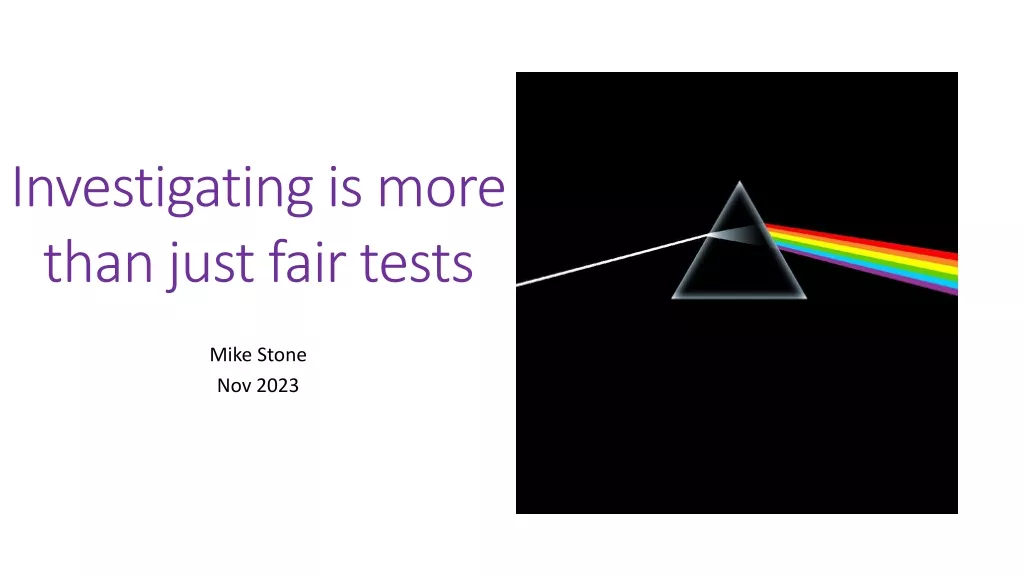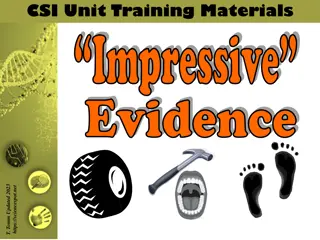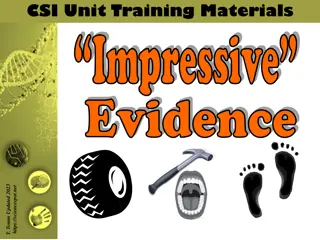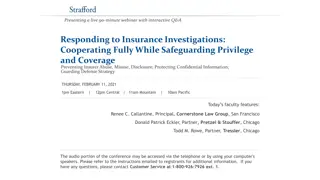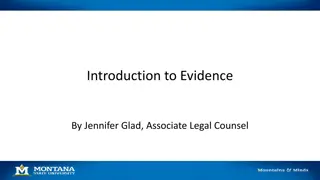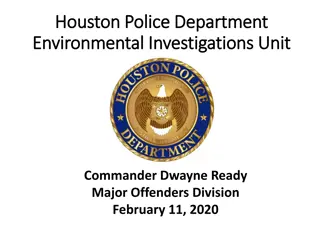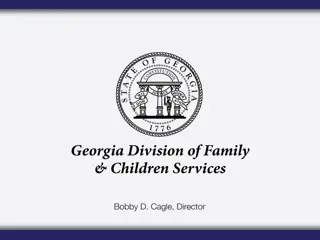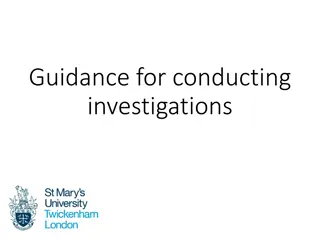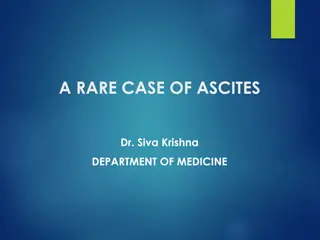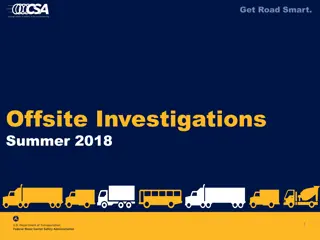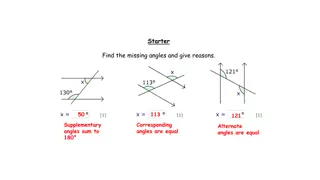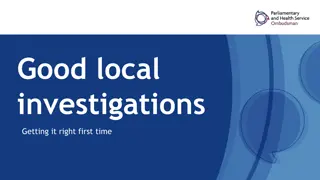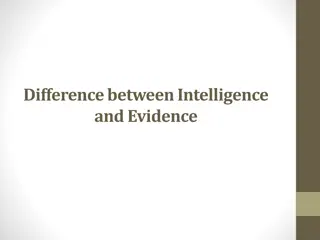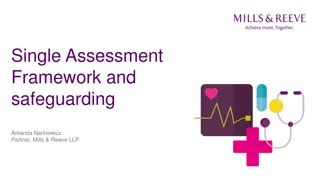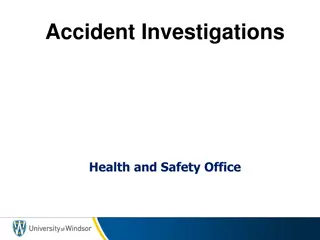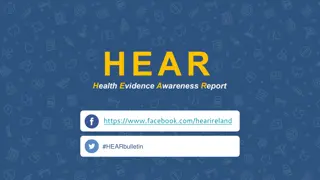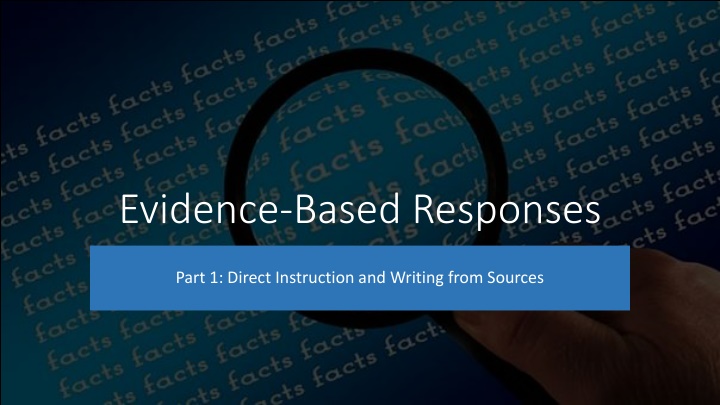
Effective Strategies for Using Evidence in Writing Instruction
Explore the significance of evidence in crafting responses to inquiries, utilizing various sources such as print texts, digital resources, personal interviews, and experiences. Learn how to assess students' use of evidence, develop accountable talk protocols, and provide direct instruction on incorporating evidence ethically. Enhance students' analytical writing skills by connecting them with literary and informational texts, teaching them to make valid claims supported by evidence, and fostering the ability to write from multiple sources.
Download Presentation

Please find below an Image/Link to download the presentation.
The content on the website is provided AS IS for your information and personal use only. It may not be sold, licensed, or shared on other websites without obtaining consent from the author. If you encounter any issues during the download, it is possible that the publisher has removed the file from their server.
You are allowed to download the files provided on this website for personal or commercial use, subject to the condition that they are used lawfully. All files are the property of their respective owners.
The content on the website is provided AS IS for your information and personal use only. It may not be sold, licensed, or shared on other websites without obtaining consent from the author.
E N D
Presentation Transcript
Evidence-Based Responses Part 1: Direct Instruction and Writing from Sources
What is the role of evidence when creating a response to inquiry?
Evidence Based Responses EVIDENCE IS NOT JUST FROM READING. EVIDENCE MAY COME FROM A VARIETY OF SOURCES INCLUDING PRINT AND DIGITAL TEXTS, PERSONAL INTERVIEWS, OBSERVATION, AND EXPERIENCE. CLOSE READING DEVELOPS CRITICAL THINKING AND ANALYSIS SKILLS WHICH MUST ALSO BE APPLIED TO ACADEMIC DISCOURSE, VIEWING, AND LISTENING. DO YOU ASSESS LISTENING?
Evidence How do you know whether your students are effectively using evidence to support their responses? Develop student constructed responses that may be brief writing or other types of responses. Be specific and consistent with item construction. Create accountable talk protocols to enhance evidence- based discussion.
DIRECT INSTRUCTION How to begin teaching students to use evidence effectively and ethically at lower elementary grades
Writing From Sources Using evidence in written responses
Analytical writing tied to literary and informational texts; writing in response to sources; writing about sources. Students analyze the source, make valid claims about the source, and support those claims with evidence from the source. What is writing from sources ? 7
What is writing from sources? Writing well-grounded and thoroughly supported arguments and informational reports. Using evidence from texts and other sources to present careful analyses, well-defended claims, and clear information. Generating reports from research; writing from multiple sources (beyond text).
Prompt Explain how penguins stay warm in the Antarctic climate. Use evidence from the texts to support your response. Explain: comprehend/understand Use: apply
https://www.teachthought.com/critical-thinking/blooms-taxonomy-verbs-2/
Prompt Explain how penguins stay warm in the Antarctic climate. Use evidence from both texts to support your response. https://stateofmaine.sharepoint.com/:b:/t/DOEOfficeofInnovation- InnovativeInstructionTeam/EThEoUeGS0VIgSS-SRLynA0B9p0KrkI0Tm- e5w156LQElA?e=DJfNvI https://stateofmaine.sharepoint.com/:b:/t/DOEOfficeofInnovation- InnovativeInstructionTeam/EYEexGnc0rdAkiG45OVV1c0BGcq2Xgt4CRna0a CXl6RRRQ?e=2Eb5d6
End of Part 1 Continue to Recognizing Bias and Collecting Evidence

